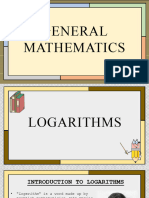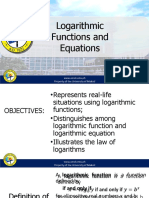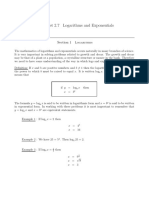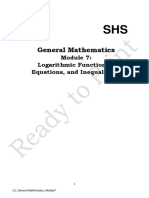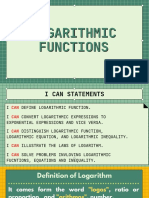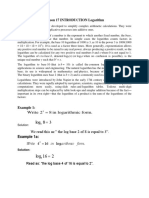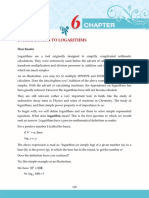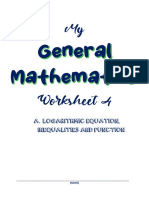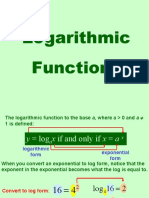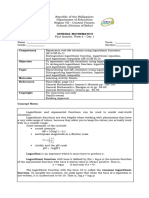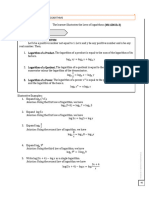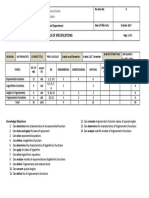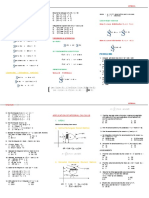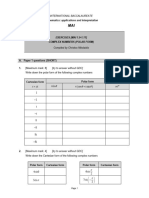0% found this document useful (0 votes)
7 views17 pagesChapter 5 Logarithmic Function
The document provides an overview of logarithmic functions, their definitions, properties, and relationships with exponential functions. It explains the laws of logarithms, including the logarithm of products, quotients, and powers, along with examples of converting between logarithmic and exponential forms. Additionally, it discusses common and natural logarithms, as well as the importance of the base in logarithmic equations.
Uploaded by
sohairantologyCopyright
© © All Rights Reserved
We take content rights seriously. If you suspect this is your content, claim it here.
Available Formats
Download as PPTX, PDF, TXT or read online on Scribd
0% found this document useful (0 votes)
7 views17 pagesChapter 5 Logarithmic Function
The document provides an overview of logarithmic functions, their definitions, properties, and relationships with exponential functions. It explains the laws of logarithms, including the logarithm of products, quotients, and powers, along with examples of converting between logarithmic and exponential forms. Additionally, it discusses common and natural logarithms, as well as the importance of the base in logarithmic equations.
Uploaded by
sohairantologyCopyright
© © All Rights Reserved
We take content rights seriously. If you suspect this is your content, claim it here.
Available Formats
Download as PPTX, PDF, TXT or read online on Scribd
/ 17




